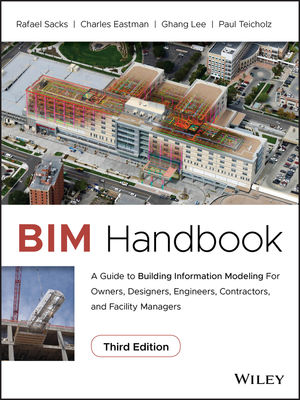A Net-Positive Residential Complex for Yale Divinity School

Renderings: Bruner/Cott Architects
Aligned with the Yale Divinity School’s guiding ethic of “giving back more than you take,” Bruner/Cott Architects' new 45,000 sf, 4.5 acre Living Village, a first-of-its-kind graduate student residential building, will break ground on October 11. Upon meeting the rigorous guidelines of the Living Building Challenge (LBC 4.0), the net-positive project will be the largest LBC living-certified residence on a university campus and the first in the Ivy League, transforming how higher education pursues environmental leadership for campus residences.
First conceived in 2016, Yale commissioned Bruner/Cott and McLennan Design (creator of LBC) to conduct a comprehensive study for the project. An initial contribution of $2 million dollars from Yale supporters George and Carol Bauer allowed the initiative to proceed. Bruner/Cott was reengaged by Yale Office of Facilities, to lead the project’s design team, working with contributors including Höweler + Yoon Architecture, and Andropogon Associates.
Holistically connecting with the school’s existing 1932 Delano & Aldrich quadrangle, the Living Village will serve multiple purposes. It will make an ecological statement about the need to build in harmony with the natural world while training students to become "apostles of the environment"; provide an experience of intentional community for students who will lead and form communities in their careers; provide below-market rental rates to reduce student debt; and feature a forward-looking design that promotes inclusivity and belonging.
Phase one of the project includes housing for 50 students and family members surrounding a central courtyard, a water commons, amphitheater, community terrace, and regenerative landscape. The below-market-rate residential units will range from single “monastic” rooms supported by shared kitchens to one and two-bedroom apartments. lounge space, study areas, and a community kitchen, supporting YDS celebrations and events.
Net-positive aspects of the building include energy, water, and waste, utilizing photovoltaic roof and canopy, and on-site water reuse, treatment, and storm water management. The building materials utilized will be environmentally benign and locally sourced. Real-time water and energy usage monitoring will provide residents and the broader campus community with firsthand experience in learning the benefits of living sustainably in balance with nature.,
The Living Village will set new standards for net-positive campus building design and transform how colleges and universities think about residential buildings in the future. It will serve as an exemplary model for schools, communities, places of worship, and academic institutions planning future regenerative and sustainable buildings projects. Additional units are planned for a second construction phase of the project, reaching 150 in all.
“Yale’s new Living Building Village will teach lessons of sustainability through contemporary, regenerative architecture, and landscape design that harmonizes old and new,” says Bruner/Cott Partner + Principal Jason Jewhurst, AIA. “It will inspire all who experience it to deepen their connection with the natural environment.”
“Above all, we expect the Living Village to stand as a resounding expression of our theological commitment to conserving the Earth’s resources and creating a more sustainable future,” said YDS Dean Gregory E. Sterling.
Looking for a reprint of this article?
From high-res PDFs to custom plaques, order your copy today!








